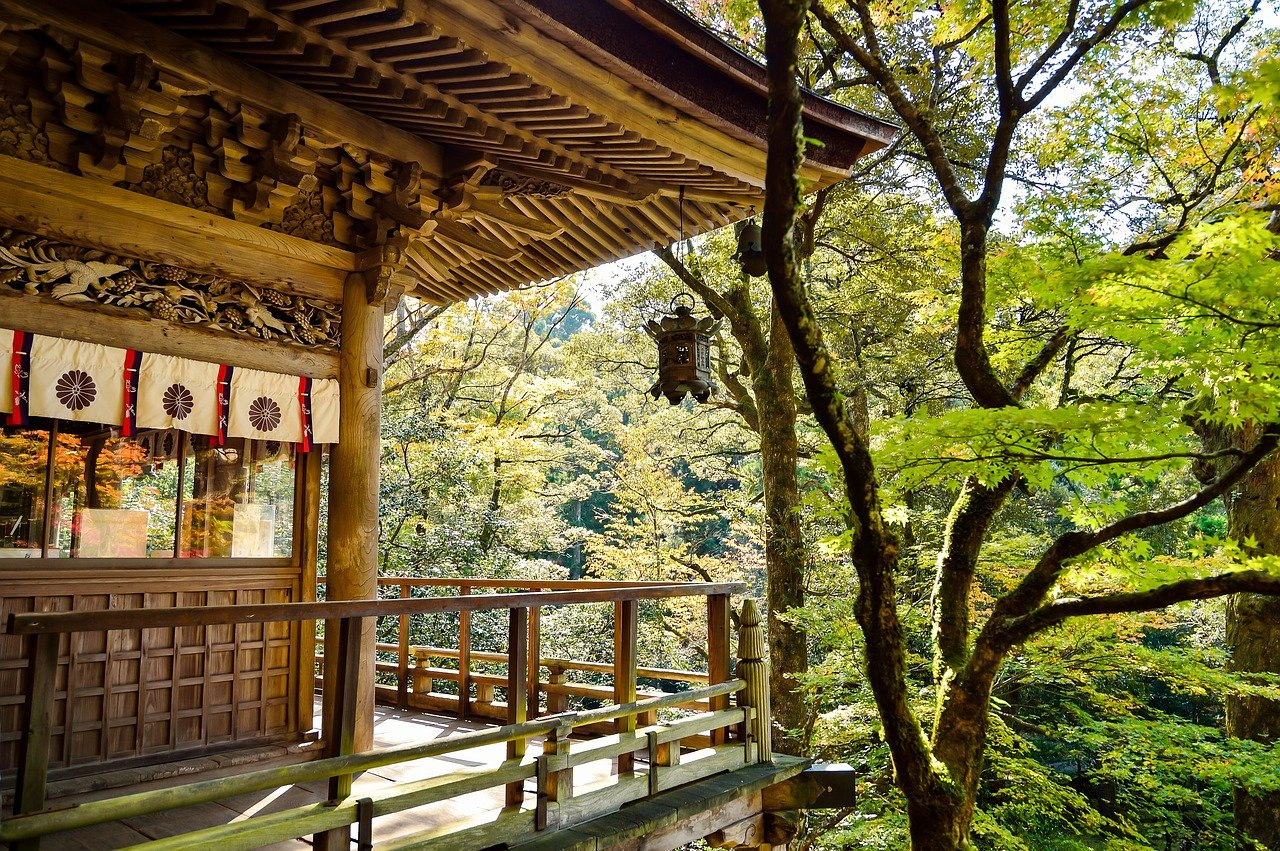
Vocabulary:
- commemorate /kuh-MEM-uh-reyt/
- predecessor /PRED-uh-ses-er/
- throne /throhn/
- descendant /dih-SEN-duhnt/
- legacy /LEG-uh-see/
[verb] – to show honor to the memory of an important person or event in a special way
The celebrations commemorated the school’s 20th anniversary of its founding.
[noun] – someone who had a job or a position before someone else, or something that comes before another thing in time or in a series
My predecessor held this position for a total of twelve years.
[noun] – the state of being a ruler
Charles is the rightful heir to the throne.
[noun] – a person who is related to you and who lives after you, such as your child or grandchild
They claim to be descendants of a king.
[noun] – a situation that has developed as a result of past actions and decisions
The President’s greatest legacy was the lesson he constantly preached: that if people try hard enough, they can improve their lives.
Article reading:
National Foundation Day was originally celebrated in conjunction with New Year’s Day, but the dates were altered somewhat when Japan switched from a lunar to a Gregorian calendar in 1873 under the Meiji authority. As a result, the date was pushed up to February 11th. The day was marked with vigor and patriotism during the Second World War. Throughout Japan, many formal celebrations, parades, and fireworks were held. The holiday was, however, abolished for a variety of reasons. After a lot of surveys, public requests, revisions, and bills the holiday was once again established but never had the significance it had in the past.
Discussion Questions:
- What other holiday do you celebrate in Japan? Could you tell me something about it?
- What is your favorite holiday to commemorate? Why?
- If you had to go back in time, what would you like to accomplish in Emperor Jimmu’s time? Please elaborate on your answer.
- Do you agree that National Foundation day rekindles your patriotism?
- What activities do you think are suitable for this day? Why?
Summarization
Describe:
- reminder
- challenge
- occasion
- foundation
- courageous